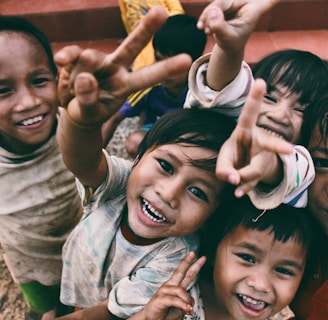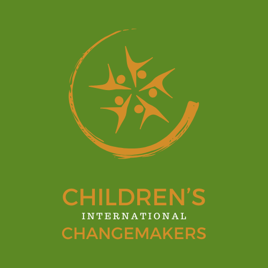Why Direct Giving Matters More Than Ever
In recent years, donors have become increasingly aware of how their charitable contributions are used—and where they sometimes get lost. A 2018 UK government-commissioned review revealed that over 25% of donations to large aid organizations are lost to administration, marketing, and consultant fees before they even reach the people in need.
Katie Barron
5/8/20242 min read


Smaller Channels, Greater Impact: The Case for Supporting Local Changemakers Directly
Across the world, thousands of grassroots leaders and small community-based organisations are working tirelessly to support children living on the margins—those out of school, living on the streets, or facing daily challenges that most of us cannot imagine.
Yet these changemakers, often operating in remote or underserved areas, are too frequently overlooked by traditional aid systems. Instead, funding tends to flow through large, international NGOs with heavy infrastructures, expensive headquarters, and multi-tiered operations that can absorb a significant portion of donations before they reach the intended recipients.
So where does your money actually go?
A 2018 review by the UK’s Department for International Development (DFID) highlighted a troubling trend: many large aid agencies spend over 25% of their income on administration, marketing, and consultancy fees. In some cases, the figure is much higher—especially when you include international travel, intermediary partnerships, and outsourced evaluations. (DFID Multilateral Aid Review, 2018)
That means that for every £1 you donate to certain major charities, as little as 50–60p may reach the ground. Even more concerning is the lack of transparency for individual donors: many large organisations aggregate their outcomes and funding flows, making it difficult to track real impact.
The direct giving alternative
Direct giving—the practice of sending funds straight to a local NGO or individual changemaker—has emerged as a powerful alternative. This model ensures that support reaches those who need it most, faster, and with fewer middlemen.
When you give directly to a CIC-verified changemaker:
🔹 100% of your donation supports frontline work, such as school fees, food, clothing, or community programmes
🔹 You are often able to see real, measurable outcomes, like children enrolled in school or meals served
🔹 You’re investing in locally led solutions, not imported models that may not work in a specific cultural or regional context
One CIC partner in Nepal recently shared how a $150 donation—less than the price of a dinner for two in many cities—allowed them to cover a month’s worth of food and shelter for three street-connected children, including school supplies and a safe place to sleep. That same amount might not even register in the budget of a large-scale international charity.
But is direct giving safe?
This is a valid question—and the short answer is yes, when properly vetted. At Children’s International Changemakers, we carefully review and monitor all participating NGOs and individuals through a transparent, community-based selection process. Donors can view profiles, read impact stories, and receive updates directly from the changemaker they support.
We also encourage changemakers to report back on how funds were used and what was achieved, helping to build trust and demonstrate accountability.
Why local leadership matters
Too often, large aid organisations deliver pre-designed solutions that don’t fully align with the needs or strengths of the community. Local changemakers, however, understand their context intimately. They can respond faster, adapt programmes easily, and build long-term trust with the families and children they serve.
Supporting local efforts isn’t just a cost-saving strategy—it’s an ethical, sustainable, and empowering choice. It shifts the narrative from charity to collaboration, and from dependency to dignity.
The bottom line
Aid should be about impact—not just intention. And in many cases, the most impactful giving happens when donors connect directly with local changemakers.
At CIC, we believe in making it personal. We believe in showing you where your support goes. And we believe in transforming one life at a time, through trust, transparency, and the incredible power of grassroots action.
👉 Meet our changemakers today and see how your support can change a child’s future.
